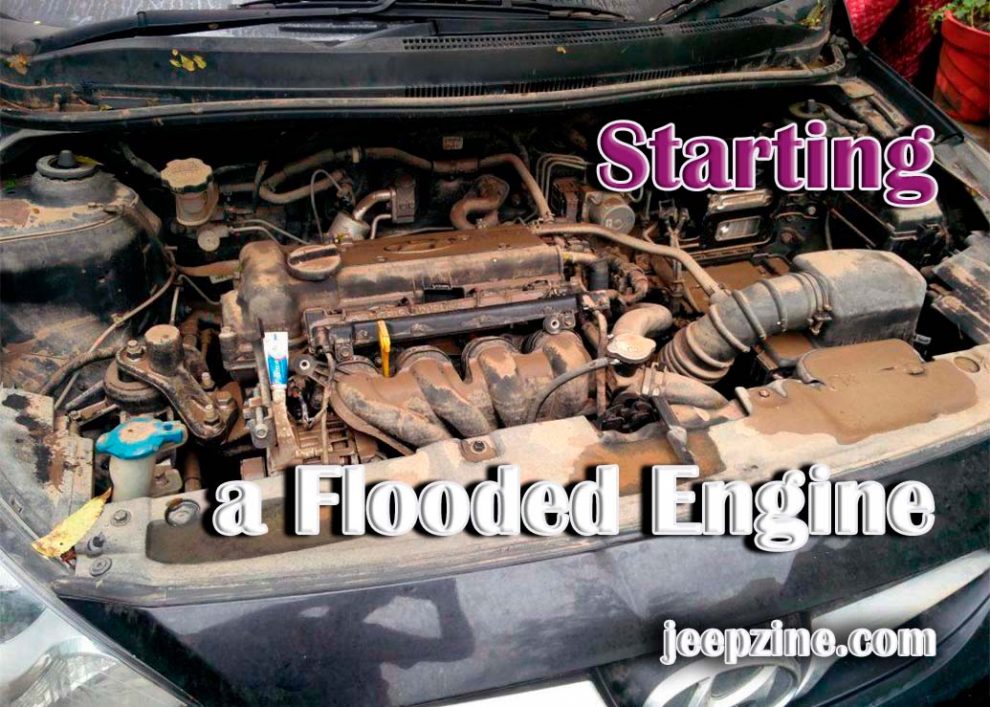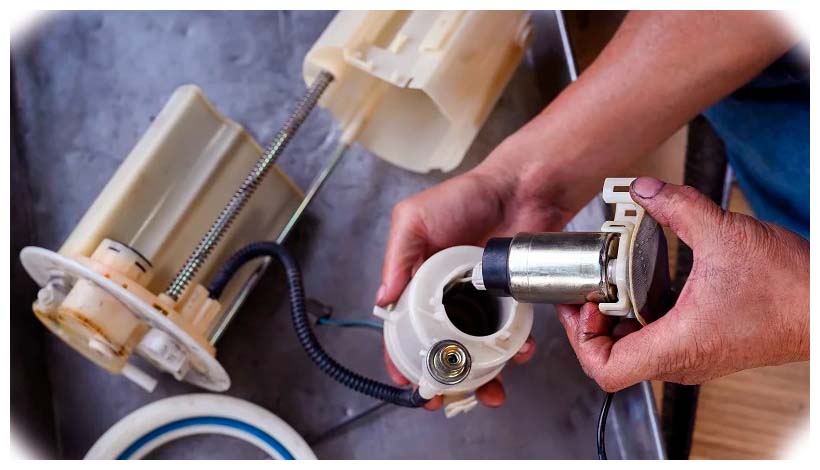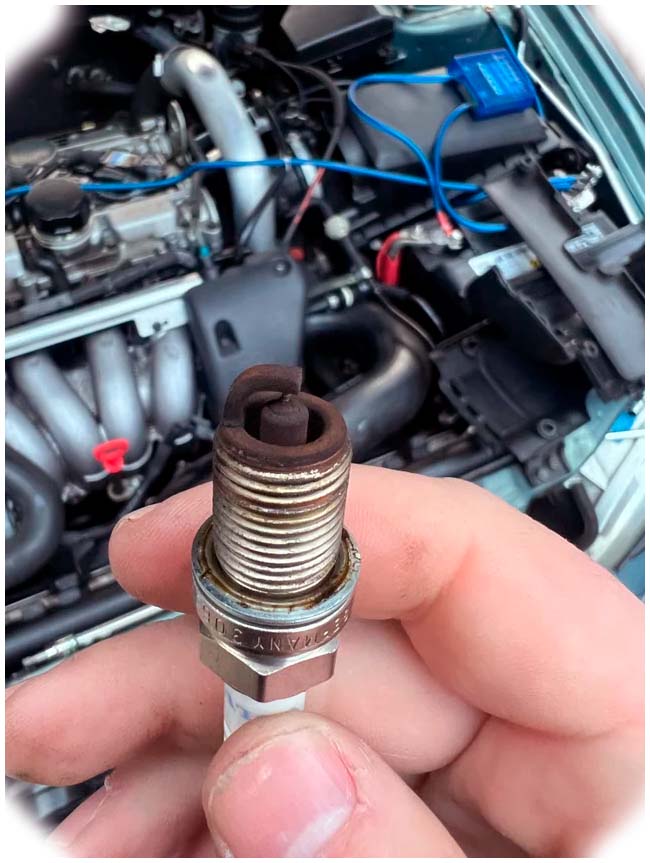A flooded engine can be a major issue when trying to start a vehicle, but if you know the right steps to take, it can help you get your engine running again without any damage. In this guide, we will provide step-by-step instructions on how to successfully start a flooded engine and get your vehicle back up and running in no time.
What Is a Flooded Engine?
A flooded engine is the result of too much fuel entering the combustion chamber of an internal combustion engine. This causes an excessive amount of fuel to mix with air and creates an overly rich mixture that prevents the spark plug from igniting the air/fuel mixture completely resulting in an incomplete combustion cycle. As a result, either some or all cylinders become unable to fire which makes it difficult or impossible for the engine to start up.
Causes of an Engine Flooding
Engine flooding may occur due to various reasons such as:
-
Faulty fuel pump – A faulty fuel pump may cause excessive quantities of fuel into the system resulting in flooding
-
Leaking injectors – Leaking injectors can introduce more fuel into the combustion chamber than normal causing flooding
-
Faulty fuel filter – A clogged, or worn-out fuel filter may reduce the amount of air that enters the engine leading to flooding
-
Poorly adjusted carburetor/fuel injection system – Improperly adjusted carburetors/fuel injection systems result in an overly rich air/fuel mixture and can cause flooding
How to Start a Flooded Engine
A flooded engine is a relatively common problem, but it can be difficult to start. Here are some steps you can take to get your vehicle running again:
-
Check for Water in the Fuel System: Before attempting to start a flooded engine, check for any water that may have made its way into the fuel system as this can cause further damage to the cylinders and spark plugs.
-
Inspect the Spark Plugs: If your vehicle has been sitting idle for a long period of time, inspect all your spark plugs and replace any that show signs of damage or corrosion. This will help ensure that all cylinders are firing correctly when you attempt to start your engine. Also see here the Best Spark Plugs for Jeep.
-
Attempt to Clear the Excess Fuel: Disconnect each spark plug one by one and carefully remove any excess fuel that may have seeped into the cylinders. This can be done by rotating the crankshaft several times with a wrench or socket and then replacing the spark plugs.
-
Check for Any Fumes Coming from the Exhaust Pipe: Make sure to check for any fumes coming from your exhaust pipe; this is an indication that some of the fuel has been successfully ignited and is now burning off.
-
Try to Start the Vehicle: Finally, try starting your vehicle. It may take several attempts before it starts, but if you’ve followed all the steps above, you should be able to get it running again without causing any further damage.
Conclusion
Starting a flooded engine can be a daunting task, but if you follow these steps carefully, you should be able to get your vehicle up and running in no time. Be sure to inspect all of your spark plugs before attempting to start your vehicle so that they are not damaged or corroded and check for any water in the fuel system as this can cause further damage down the line. Once everything is checked and cleared, attempt to start your engine several times until it finally catches; this may take a few attempts, but you should eventually be able to get it running again.


 Faulty fuel pump – A faulty fuel pump may cause excessive quantities of fuel into the system resulting in flooding
Faulty fuel pump – A faulty fuel pump may cause excessive quantities of fuel into the system resulting in flooding Inspect the Spark Plugs: If your vehicle has been sitting idle for a long period of time, inspect all your spark plugs and replace any that show signs of damage or corrosion. This will help ensure that all cylinders are firing correctly when you attempt to start your engine. Also see here the
Inspect the Spark Plugs: If your vehicle has been sitting idle for a long period of time, inspect all your spark plugs and replace any that show signs of damage or corrosion. This will help ensure that all cylinders are firing correctly when you attempt to start your engine. Also see here the
Add Comment